Today, the largest segment of my business is selling pre-owned medical equipment. Much of it is sourced from the same dealers (yourselves included) that used to buy our AMS viewboxes.
Selling used equipment locally will always give you the largest return, but for those who question why you might use a wholesale partner like us, need I remind you that you are always going to acquire used equipment faster than you can unclutter your warehouse.
 Since 2010, when I really started focusing on brokering, I have sold close to 1,000 pieces of equipment. I have learned a lot from many of you and I’ve come up with a few tricks of my own. While I know that our business lives are often too rushed, the number one suggestion I would offer you is to take a deep breath and organize. Here’s a list of suggestions that will help you speed the process of finding homes for your pre-owned equipment:
Since 2010, when I really started focusing on brokering, I have sold close to 1,000 pieces of equipment. I have learned a lot from many of you and I’ve come up with a few tricks of my own. While I know that our business lives are often too rushed, the number one suggestion I would offer you is to take a deep breath and organize. Here’s a list of suggestions that will help you speed the process of finding homes for your pre-owned equipment:
- Before removal of equipment take nice photos of the equipment, including all product labels with serial numbers, date of manufacture and model numbers. Take the time to clean the items and clean up the room before taking the photos. Remove post-it stickers and other non-manufacturer items from the equipment. Pay attention to the background of the photo.
- If possible make a video of the equipment working. Use your voice to describe the equipment. If the equipment is digital, such as a CR, show a cassette being exposed and processed.
- Once removed and back in your warehouse, immediately reclean as necessary, palletize and shrink wrap all components together.
- Label each pallet with a large sticker indicating exactly what is there (you already have the model numbers, serial numbers and DOM’s). Add the date you inventoried the item. It is also a good idea at this point to determine what the “like to get” and “must at least get” prices are for these
 items.
items. - Add all of this information to your computer inventory record so it can be easily found for future quotes. Put the prices you determined in step 4 in these listings.
- Decide how long you want to keep used equipment before considering disposal of it. This is especially true for older type equipment (such as large “refrigerator” type laser printers or off-brand equipment like older iCRco CR’s…I know you have these). Let’s say your standard is 12 months. Check your inventory each quarter and carefully consider scrapping any equipment you have held longer than your standard. This will also allow you to maintain a smaller warehouse and minimize your overhead!
- Of course, since you have done the work up front, I recommend you work with a broker like me from the beginning. Understand we will return less than a retail customer, but we will help you move a lot more equipment and hopefully sell items that would just gather dust for years. Unlike wine, equipment generally loses value over time.
- If you work with brokers, keep a list of what they focus on. Since you are now so well organized, it’s easy to sit down once every few weeks or once each month to send off a few emails to brokers with your new items.
Th ey say in real estate, it is “location, location and location”. In selling it is “organize, organize and organize”. You need to know what you have, that you have it all, that you can get the information out effectively and quickly, and that you relentlessly (but nicely and with a smile) follow-up.
ey say in real estate, it is “location, location and location”. In selling it is “organize, organize and organize”. You need to know what you have, that you have it all, that you can get the information out effectively and quickly, and that you relentlessly (but nicely and with a smile) follow-up.
My most successful “supplier partners” are the ones that follow most of these suggestions. From my side of the selling process, with their first email to me they provide me 99% of the information and resources I need to answer most buyers’ questions BEFORE the buyers ask them. Rather than going back and forth getting more information, I am able to get the buyer to focus on what it will take to close a deal, often in our first contact. My typical buyer comes ready to purchase, and if I don’t have the information they need at my fingertips, it doesn’t take long for them to move on to the next opportunity.
Now a little about me: I focus on the general imaging equipment from small items up to complete x-ray rooms. I don’t generally focus on C-Arm, CT or MR but have associates that can help in this area. I’m looking for dealers who know a lot about ultrasound who want an wholesale “partner” and is willing to teach.



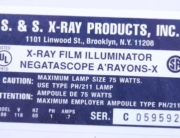
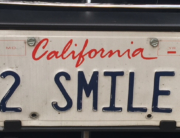
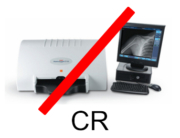
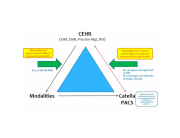
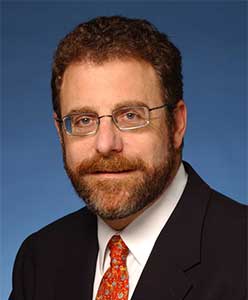
Leave A Comment